Tokyo proceeds with controversial discharge despite fierce international opposition.
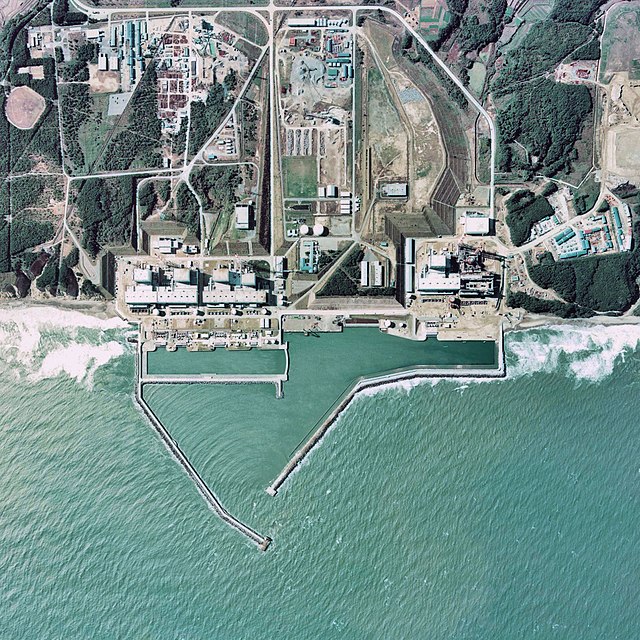
In 2023, Japan began releasing over one million tons of treated radioactive wastewater from the damaged Fukushima nuclear plant directly into the Pacific Ocean, ignoring protests from neighboring countries and environmental scientists worldwide. The water, contaminated during the 2011 nuclear disaster, has been accumulating in storage tanks for over a decade. Tokyo claims the water meets safety standards after treatment, but critics argue the long-term environmental consequences remain unknown. China immediately banned all Japanese seafood imports, while South Korea expressed grave concerns about marine contamination. The discharge process is expected to continue for at least 30 years, making this one of the largest radioactive releases into the ocean in modern history.
1. Scientists worldwide slam the decision as reckless and unnecessary.
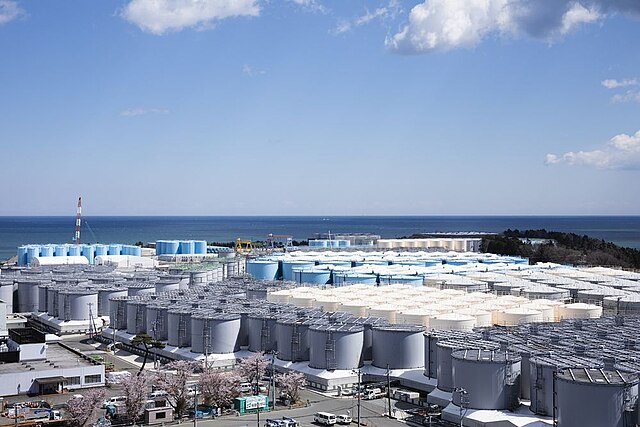
Marine biologists and nuclear experts have condemned Japan’s decision to release the contaminated water, arguing that safer alternatives exist but were dismissed for economic reasons. The water contains tritium, a radioactive isotope that cannot be removed through current filtration technology, along with traces of other radioactive materials that could persist in the marine environment for decades.
According to the Woods Hole Oceanographic Institution, radioactive materials can accumulate in marine food chains and potentially affect fish populations across the Pacific. Environmental groups point out that Japan could have chosen to store the water in more tanks on land or explore other disposal methods, but opted for the cheapest solution that transfers the risk to international waters and neighboring countries.
2. China retaliates with immediate seafood ban affecting billions in trade.
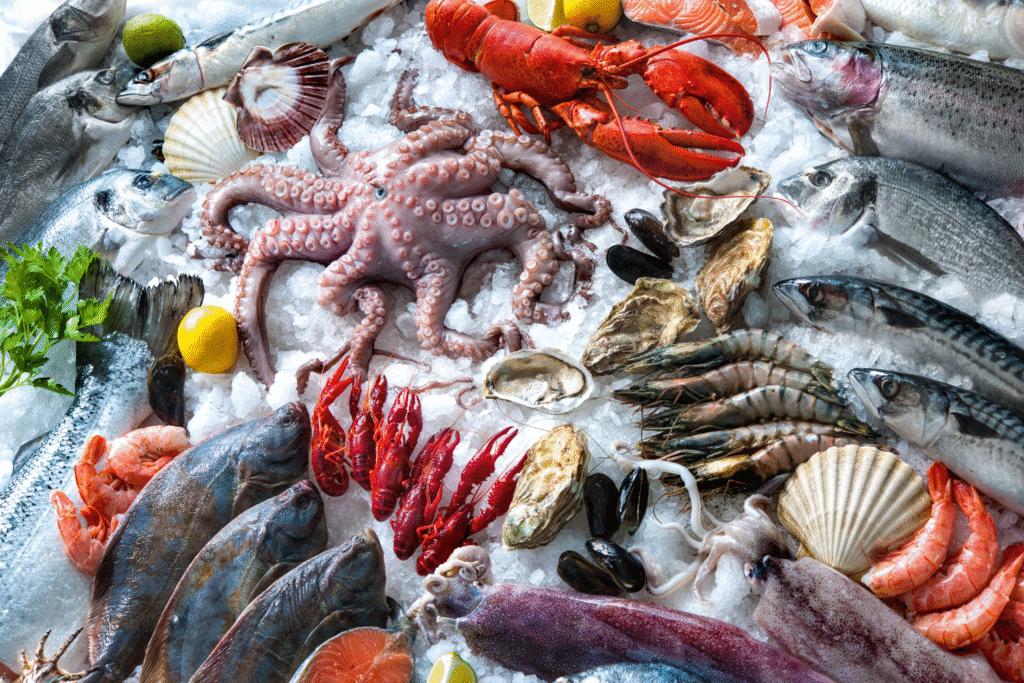
Beijing imposed a sweeping ban on all Japanese seafood imports within hours of the water release, cutting off a market worth over $600 million annually to Japanese fishermen. The ban affects everything from sushi-grade tuna to processed fish products, delivering a significant blow to Japan’s already struggling fishing industry.
Chinese officials stated they would maintain the restrictions until Japan can prove the discharged water poses no threat to marine life, as reported by China’s Ministry of Commerce. The economic retaliation extends beyond seafood, with Chinese consumers boycotting Japanese restaurants and travel agencies canceling tours to Japan, creating ripple effects throughout both economies.
3. Pacific Island nations fear contamination of their primary food source.
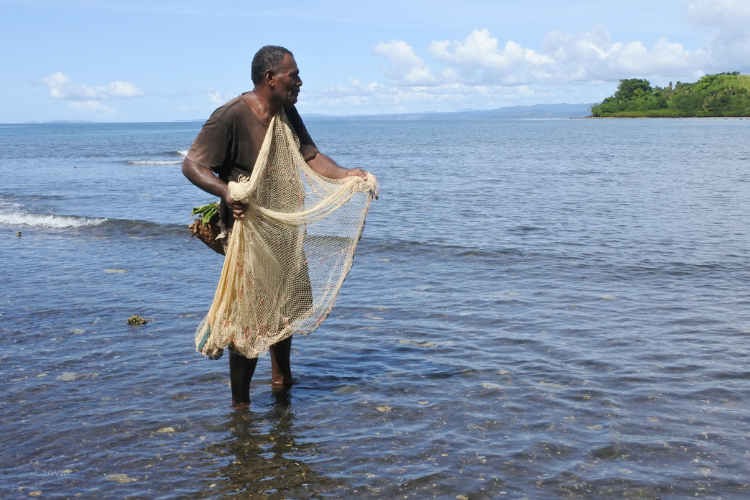
Small island states across the Pacific have expressed alarm about potential radioactive contamination of their fishing waters, which provide both economic livelihood and daily sustenance for millions of people. These nations lack the resources to conduct independent water testing and must rely on Japan’s assurances about safety levels.
Leaders from Fiji, Vanuatu, and other Pacific nations worry that even trace amounts of radiation could devastate their tourism industries and fishing economies. The Pacific Islands Forum, representing 18 nations and territories, has demanded that Japan halt the discharge until more comprehensive environmental studies can be conducted, but their calls have been largely ignored by Tokyo’s government.
4. Fishermen lose customers overnight as consumers reject Pacific seafood.
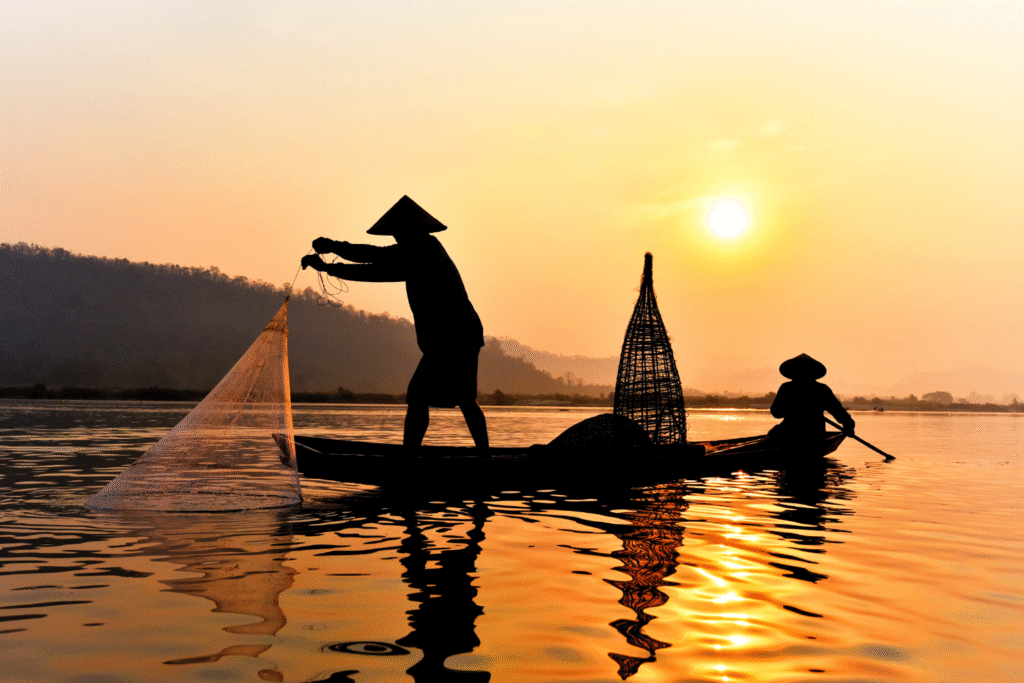
Japanese fishing cooperatives are reporting massive drops in seafood sales as domestic and international buyers avoid Pacific-caught fish entirely, regardless of where they were actually harvested. Restaurant chains across Asia have begun advertising “Fukushima-free” menus to reassure nervous customers about food safety.
The stigma extends far beyond Japan’s territorial waters, with fishermen from California to Chile experiencing reduced demand for their catches. Consumer confidence has collapsed so completely that even seafood caught thousands of miles from the discharge site faces market rejection, creating an economic disaster for fishing communities throughout the Pacific region.
5. Neighboring countries threaten legal action over environmental damage.

South Korea has indicated it may pursue international legal remedies against Japan for environmental harm, while several Pacific Island nations are considering filing complaints with international maritime courts. The legal challenges could drag on for years and establish important precedents for how countries handle nuclear waste disposal in international waters.
International maritime law experts suggest Japan may have violated treaties requiring consultation with neighboring countries before releasing pollutants that cross national boundaries. The potential for massive class-action lawsuits from affected fishing industries and environmental groups could result in billions of dollars in damages if the water release causes measurable harm to marine ecosystems or human health.
6. Independent monitoring reveals gaps in Japan’s safety testing.

Environmental organizations conducting their own water sampling have questioned the accuracy and completeness of Japan’s radiation monitoring program, pointing out that testing focuses primarily on tritium while largely ignoring other potentially harmful radioactive isotopes. The government’s testing protocols examine only a fraction of the contaminated water before release.
Independent scientists argue that Japan’s safety standards are based on theoretical models rather than real-world data about how radioactive materials behave in ocean environments over extended periods. The lack of comprehensive, long-term studies on the ecological effects of tritium and other isotopes in seawater has left massive gaps in understanding the true risks of this unprecedented discharge.
7. The 30-year timeline means an entire generation will grow up with contaminated oceans.
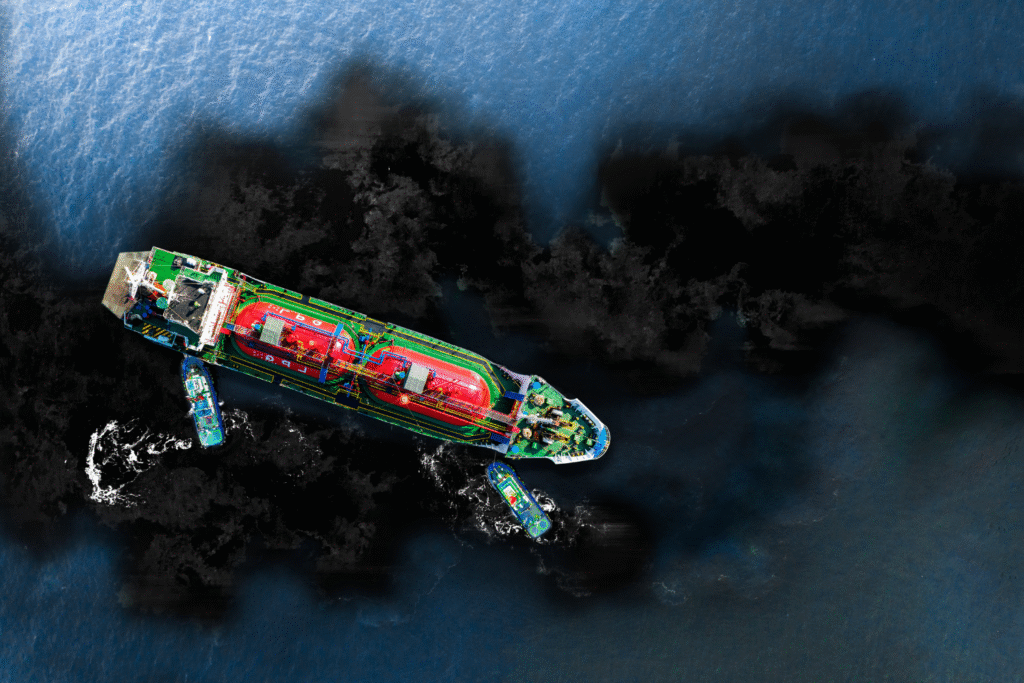
Japan’s plan to continue releasing radioactive water until 2054 means that children born today will reach adulthood before the discharge ends, fundamentally altering their relationship with the Pacific Ocean and its resources. The multi-decade timeline raises questions about cumulative effects that current safety assessments fail to address.
Marine ecosystems operate on cycles that span decades, meaning the full impact of this decision won’t be understood until it’s far too late to reverse course. The extended release schedule also ensures that any negative effects will compound over time, potentially affecting multiple generations of marine life and the human communities that depend on healthy ocean ecosystems for survival and economic stability.
8. Tuna, salmon, and shellfish face radioactive contamination as currents spread the discharge.
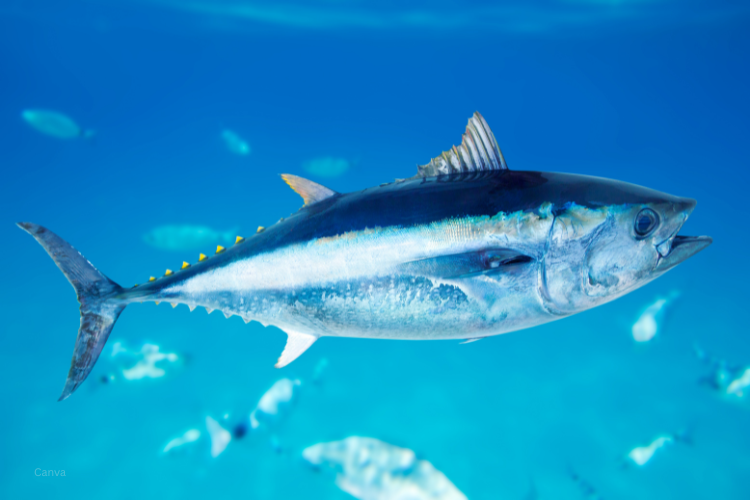
Pacific bluefin tuna, which migrate across thousands of miles of ocean during their lifespans, will inevitably encounter the radioactive plume as it disperses through major ocean currents. These apex predators concentrate toxins in their tissues, making them particularly vulnerable to bioaccumulation of radioactive materials that could render them unsafe for human consumption.
Shellfish like oysters, clams, and mussels present even greater risks because they filter massive volumes of seawater to feed, effectively concentrating any radioactive particles present in their environment. Salmon populations that spawn in Pacific rivers could carry contamination inland when they return to freshwater systems, potentially affecting entire watershed ecosystems and the communities that depend on these fish runs for both sustenance and cultural traditions.
9. Coastal communities from Alaska to Chile will inherit Japan’s nuclear waste problem.
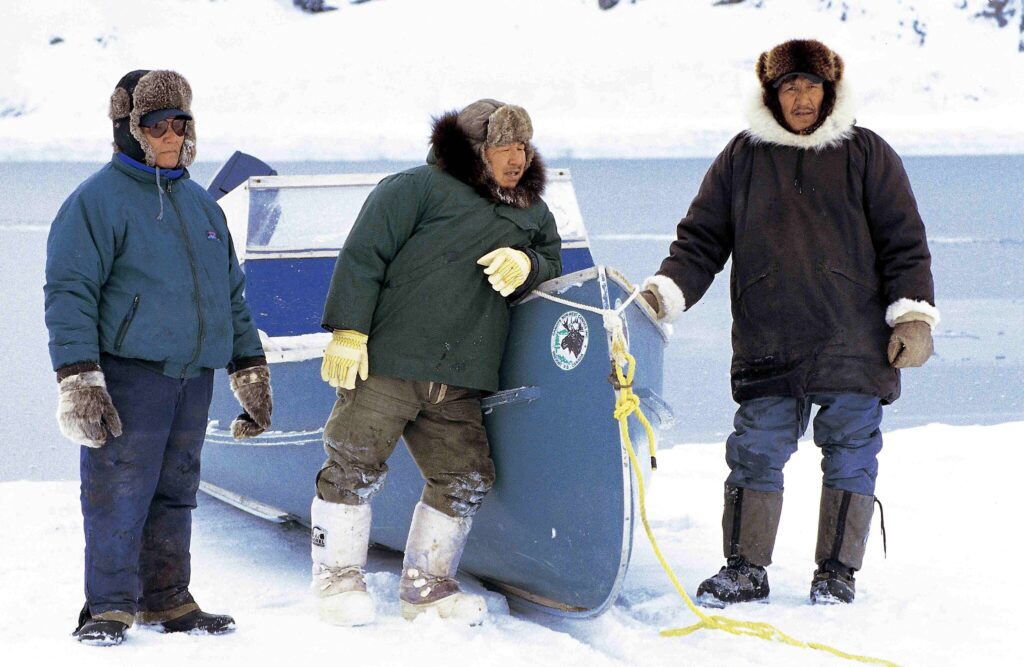
Ocean currents will carry the radioactive water throughout the Pacific Basin within several years, meaning indigenous communities in Alaska who depend on subsistence fishing will face contamination they had no role in creating. The Kuroshio Current system ensures that radioactive materials will reach the west coast of North America, affecting everything from California’s commercial fishing industry to traditional fishing practices of Pacific Northwest tribes.
Remote island communities across Polynesia and Micronesia, whose entire food systems revolve around marine resources, face an existential threat as the contaminated water spreads through their traditional fishing grounds. These populations have no alternative protein sources and lack the economic resources to import food, making them particularly vulnerable to any disruption in their marine food supply caused by real or perceived radioactive contamination.
10. A single nuclear disaster becomes everyone’s problem for the next three decades.
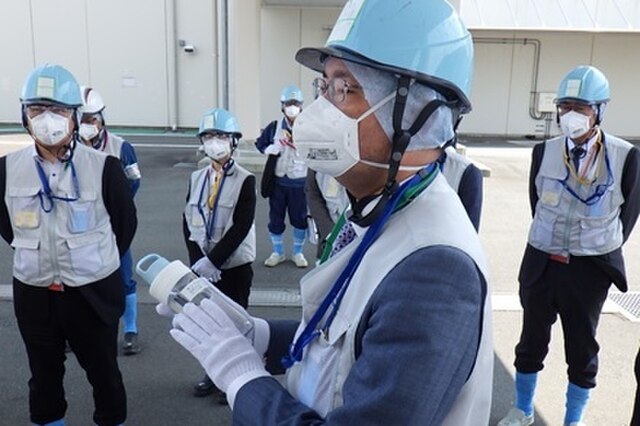
What started as Japan’s cleanup challenge has transformed into a global environmental experiment with the world’s largest ocean serving as the test subject. No country voted for this massive radioactive release, yet every Pacific nation must now live with the consequences of Tokyo’s unilateral decision to prioritize cost savings over environmental safety.
The Fukushima water discharge represents a dangerous precedent where individual nations can export their nuclear problems to international waters, effectively forcing the global community to bear the risks and costs of their industrial accidents. Future generations will inherit a Pacific Ocean fundamentally altered by this decision, with radioactive materials circulating through marine food webs for decades while the true extent of ecological damage remains unknown until it’s irreversible.
